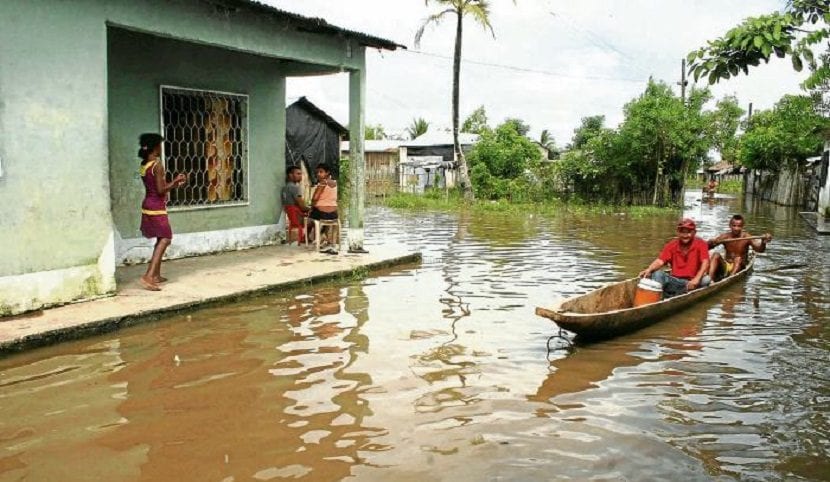
Rain is, in many parts of the world, very welcome, but when the water falls with great force or for a long time, there comes a time when the land or the drainage channels of towns and cities stop being able to absorb it.
And of course, since water is a liquid and, therefore, an element that makes its way wherever it goes, unless the clouds disperse quickly, we will have no choice but to talk about floods. But, What are they and what causes them?
What is a biosimilar
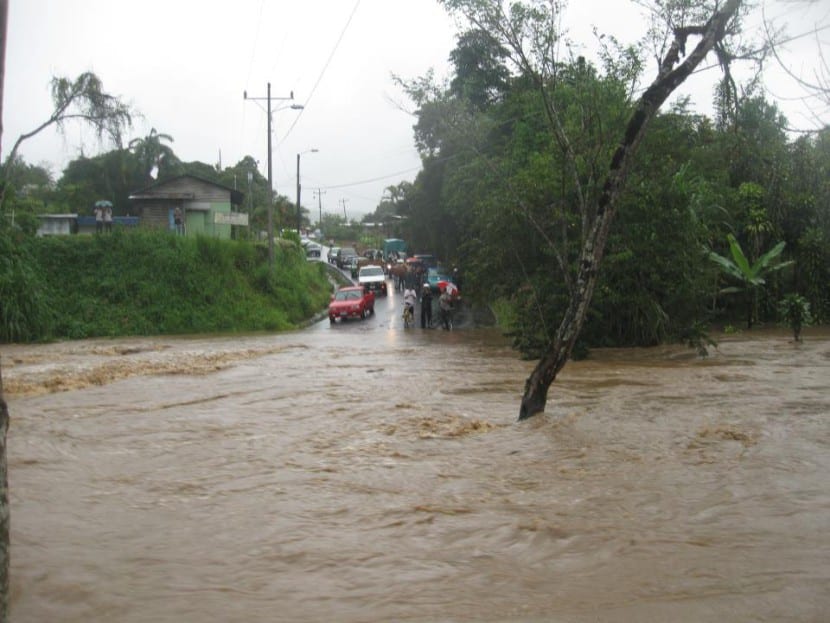
Floods are the occupation by water of areas that are usually free of this. They are natural phenomena that have been happening since there is water on planet Earth, shaping the coasts, contributing to the formation of plains in the valleys of rivers and fertile lands.
What causes them?
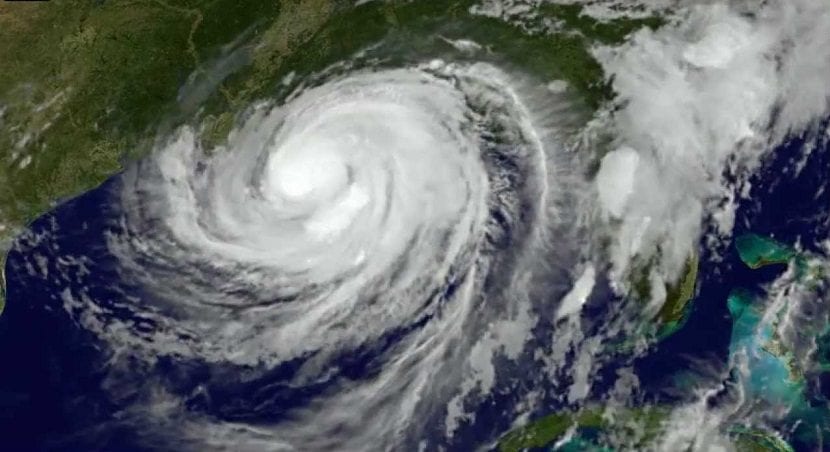
They can be caused by various phenomena, which are:
- Cold drop: occurs when the temperature of the earth's surface is colder than that of the seas. This difference causes a large mass of hot and humid air to rise up to the middle and upper layers of the atmosphere, thus causing torrential rains and, as a consequence, there may be floods.
In Spain it is an annual phenomenon that occurs from autumn. - Monsoon: the monsoon is a seasonal wind that is produced by the displacement of the equatorial belt. It is caused by the cooling of the earth, which is faster than that of the water. Thus, in summer the temperature of the earth's surface is higher than that of the ocean, which causes the air above the earth to rise rapidly, causing a storm. As the wind blows from anticyclones (high pressure areas) to cyclones (low pressure areas) to balance both pressures, a strong wind constantly blows from the ocean. As a consequence of this, the rains fall with intensity, increasing the level of the rivers.
- Hurricanes: Hurricanes or typhoons are meteorological phenomena that, apart from being able to cause a lot of damage, are one of those that let more water fall. They are storm systems with closed circulation that rotate around a low pressure center while feeding on the heat of the ocean, which is at a temperature of at least 20 degrees Celsius.
- Thaw: in areas where it snows very frequently and in addition it does so abundantly, sudden increases in temperature cause floods in rivers. It can also be given if the snowfall has been heavy and unusual, such as those that rarely occur in areas with a sub-arid or arid climate.
- Tidal waves or tsunamis: these phenomena are another possible cause of a flood. The giant waves caused by earthquakes can wash over the coasts, causing many problems both for the residents and the flora and fauna of the place.
They occur mainly in the Pacific and Indian Ocean areas, which have higher seismic activity.
What defenses do we have against them?

Since humanity began to become more sedentary, settling near rivers and valleys, it has always had the same problem: how to avoid floods? In Egypt, during the time of the Pharaohs, the Nile River could cause significant losses to the Egyptians, so they soon studied how they could protect their crops with channels that diverted water and dams. But sadly they used to be destroyed by water after a few years.
During the Middle Ages in Spain and northern Italy, ponds and reservoirs were already being built that regulated the course of rivers. But it has not been until now, in the present time, that in the so-called First World countries we are really being able to prevent floods. Dams, metal barriers, regulating reservoirs, improvement of the drainage capacity of river channels… All this, added to a developed meteorological prediction, have allowed us to better control the water.
In addition, little by little it is forbidden to build on the coasts, which are places that are very vulnerable to flooding. And is that, if a natural area runs out of plants, the water will have much more facilities to destroy everything, thus reaching homes; On the other hand, if it is not built, or if, little by little, an environment that has been severely punished by man with native plant beings is restored, the risk that a flood will destroy everything is minimal.
In developing countries, on the other hand, systems such as prevention, alert and subsequent action are less developed, as unfortunately has been seen in the hurricanes that have been ravaging the countries of Southeast Asia. However, international cooperation is favoring actions to make the population living in risk areas safer.
Floods in Spain
In Spain we have had major problems with floods. The most serious in our recent history were the following:
Flood of 1907
On September 24, 1907, 21 people lost their lives in Malaga as a result of the heavy rains. The Guadalmedina basin overflowed, carrying a great avalanche of water and mud which reached 5 meters in height.
Great flood of Valencia

On October 14, 1957, 81 people lost their lives as a result of the overflowing of the Turia River. There were two floods: the first surprised everyone, since in Valencia it had hardly rained; the second arrived at noon to the Camp del Turia region. In this last 125l / m2 accumulated, 90 of them in 40 minutes. The river had a flow of about 4200 m3 / s. In Begis (Castellón) 361l / m2 were accumulated.
Flood of 1973
The October 19 of 1973, 600l / m2 accumulated in Zúrgena (Almería) and in al Albuñol (Granada). There were numerous fatalities; in addition, the municipalities of La Rábita (Granada) and Puerto Lumbreras (Murcia) were completely destroyed.
Tenerife flood
The 31 March 2002 232.6l / m2 were accumulated, with an intensity of 162.6l / m2 in one hour, which caused the death of eight people.
Floods in the Levante
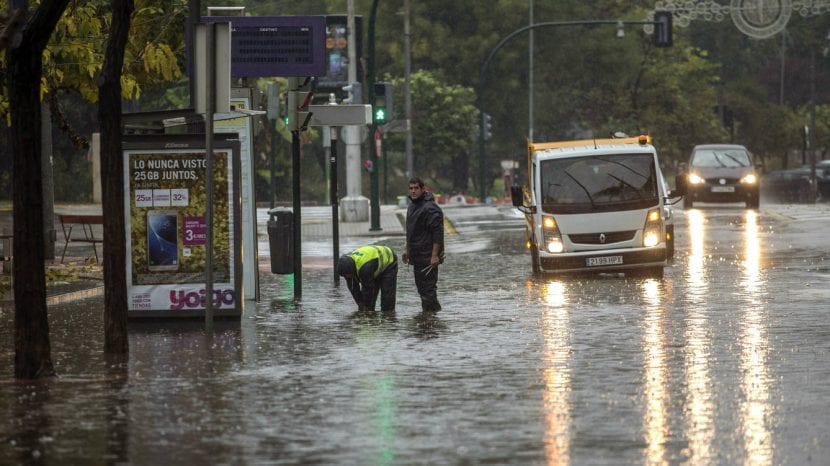
Image - Ecestaticos.com
Between December 16 and 19, 2016, the Levante storm that affected the Valencian Community, Murcia, Almería and the Balearic Islands caused the death of 5 people. At many points more than 600l / m2 accumulated.
Floods in Malaga
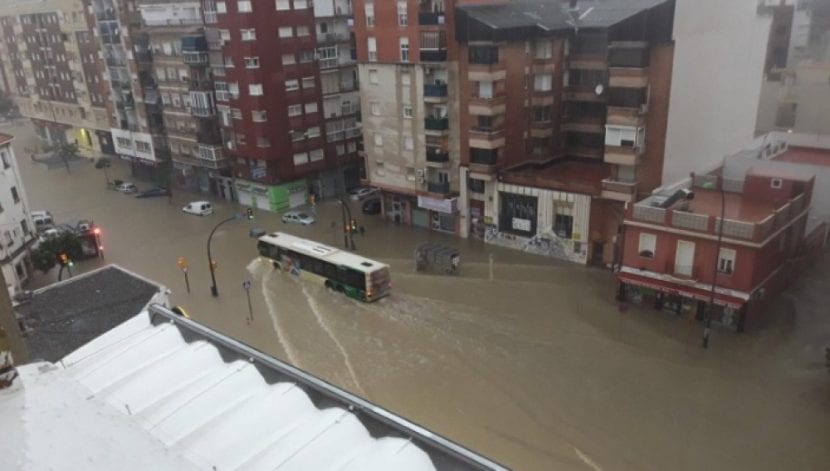
On March 3, 2018 a storm discharged up to 100 liters in points of the province of Malaga, such as the port of Malaga, the Western and Inland Costa del Sol, the Serranía and the Genal Valley. Fortunately, there were no human losses to regret, but the emergency services attended to more than 150 incidents as a result of falling trees and other objects, and landslides.
It is not the first time something like this happens. In fact, these events are sadly too common. For example, February 20, 2017 140 liters of water accumulated per square meter in one night. Emergencies attended 203 incidents due to flooding of ground floors, falling objects and vehicles stuck in the road.
The problem is that the province is surrounded by mountains. When it rains, all the water goes to it. The people of Malaga have long been asking for measures to be taken to prevent it.